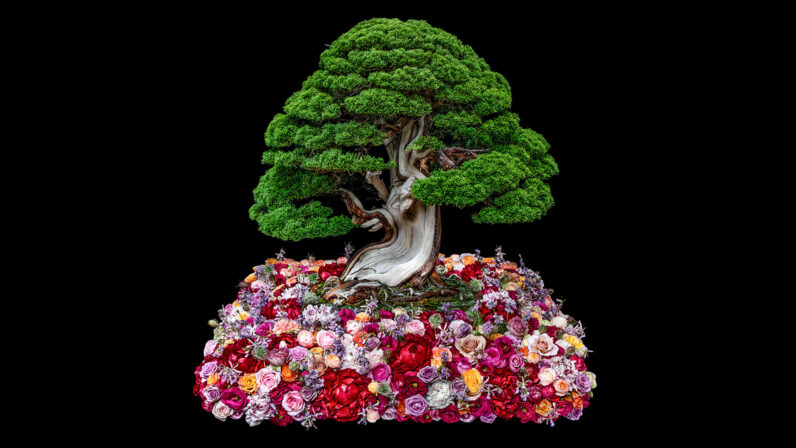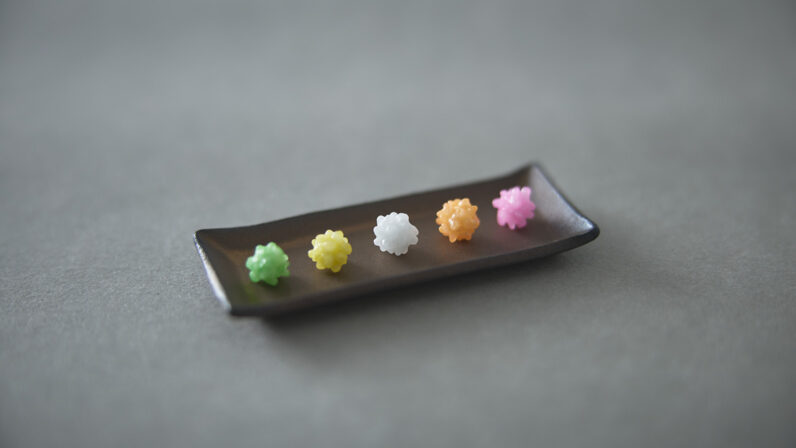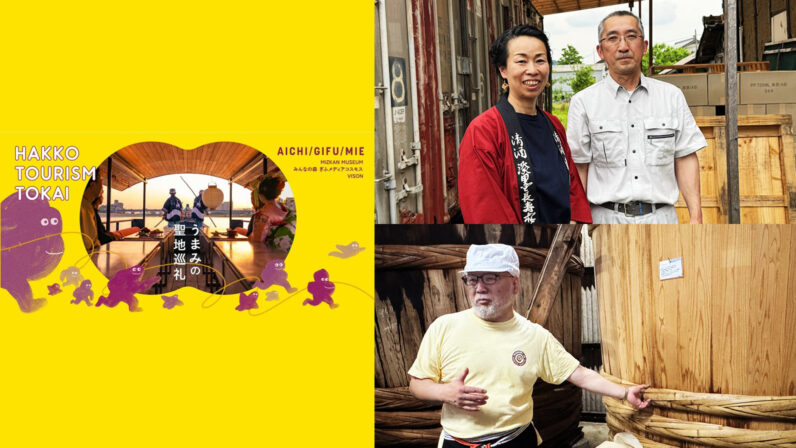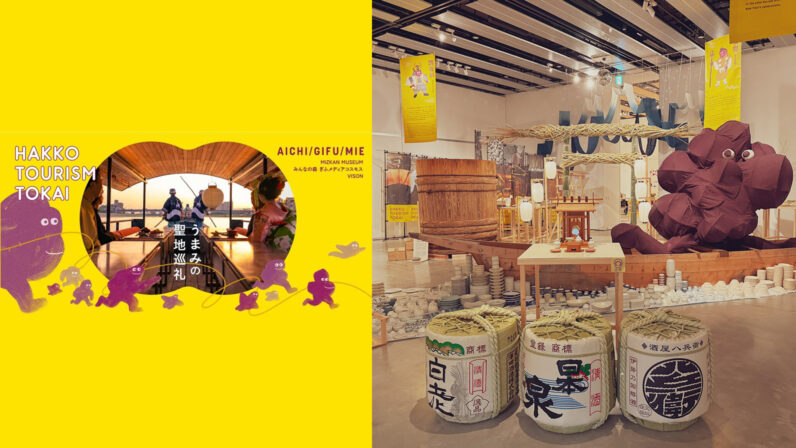Join us in our continued journey through COLORS that make Japan so special, accompanied by handpicked photographs from guest experts. This time, we are exploring Matcha-Iro, the color of Japanese tea.

Our specialist this time is Yamamasa Koyamaen, a tea farm with a history spanning back to the beginning of the Edo period. Yamamasa Koyamaen is located in Uji, a small city in southern Kyoto prefecture known for producing some of the best tea in Japan.
Matcha has a beautiful, rich green color full of depth. Let’s take a closer look at how the color of matcha tea is achieved from the tea leaves as they transform step by step through the production process.
Matcha’s Changing Colors in Each Stage
1. Growing Tea Leaves in an Ooishitaen Covered Garden


Tencha is the tea leaves used for Matcha before the leaves are ground into fine powder.
The process of cultivating Tencha starts with the sprouting of new tea plant shoots. The new shoots sprout around April each year, radiating vivid green. Once they emerge, the young shoots are covered with reeds or cloth to block sunlight.
This tea cultivation method, using an Ooishitaen, covered garden, not only preserves the umami and flavor compounds within the leaves but also produces the unique aroma known as Ooika. Ooika is described as having a full-bodied, rich aroma rather than being sharp.
This cultivation method curbs photosynthesis in the tea leaves through shading, leading to wider and thinner leaves. In search of light, the leaves grow vigorously, enhancing the tea. The process decreases tannins that contribute to bitterness while also boosting chlorophyll production. As a result, the leaves take on a more vibrant green color.
2. Tea Picking
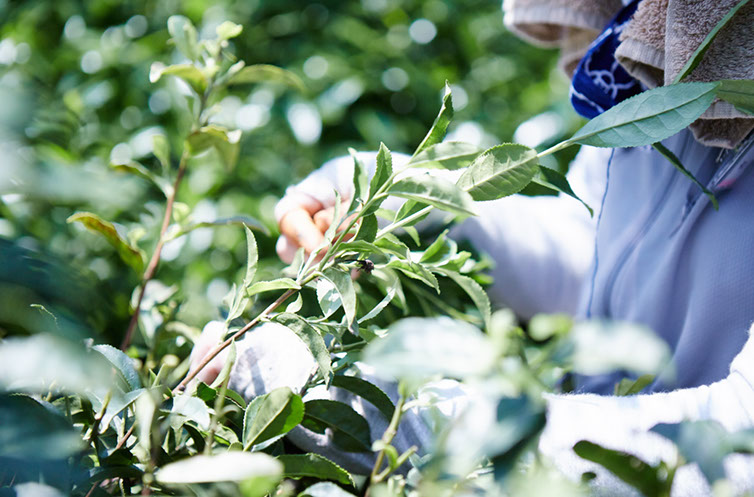

After about 3 to 4 weeks of shading, the leaves are meticulously plucked before they grow too large. The new shoots are either hand-picked or harvested with machines. Hand-picked Tencha yields a superior flavor profile and is of higher quality.
3. Steaming the tea

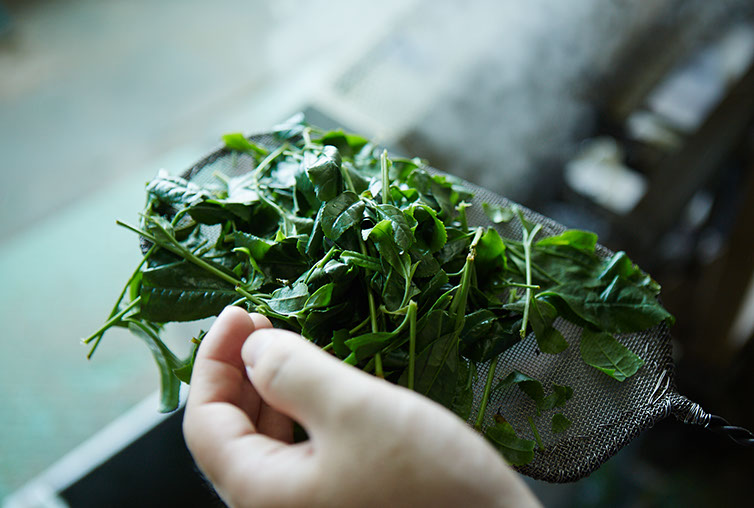
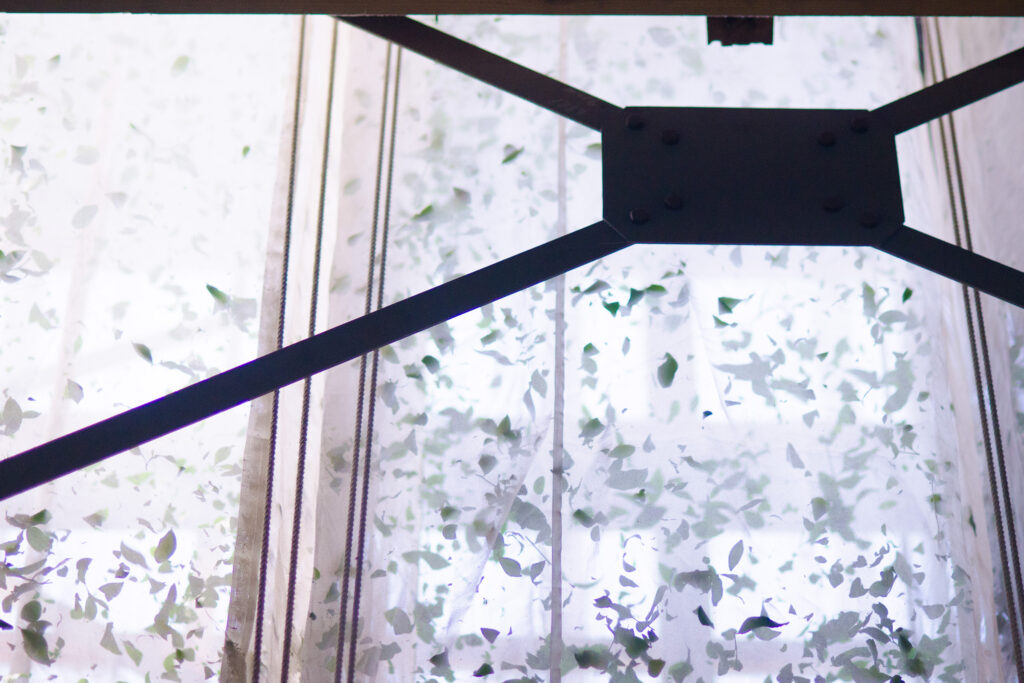
The freshly picked new shoots are immediately steamed to stop oxidation. Steaming intensifies the green color even further. If the leaves are not steamed, they will oxidize and become black tea or oolong tea.
4. Drying in a Brick Tencha Furnace
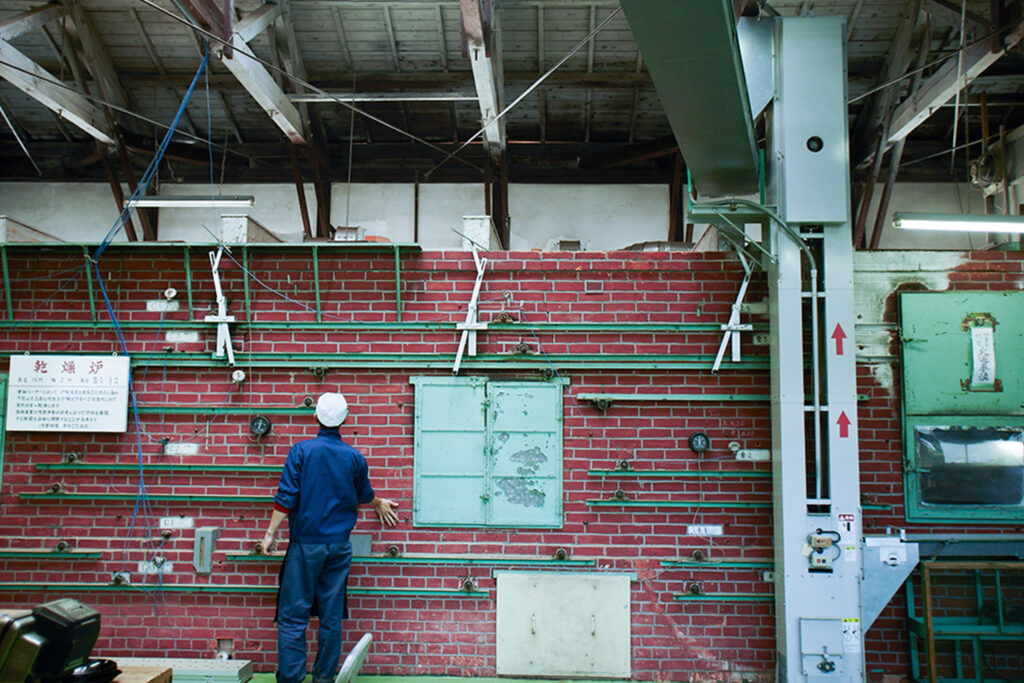
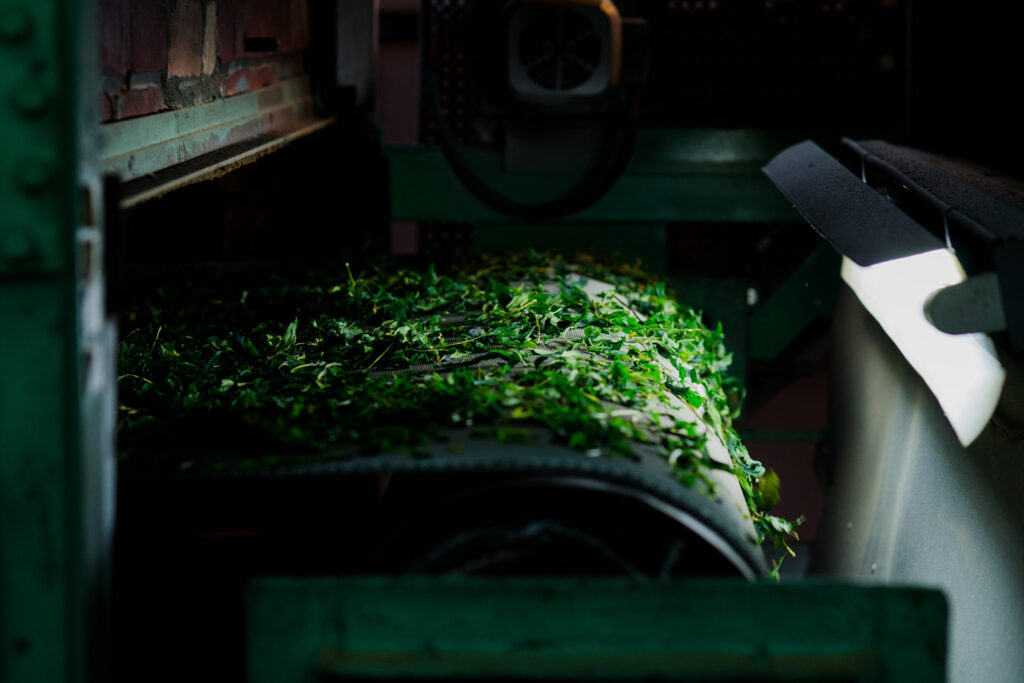
To make Tencha, the steamed leaves are dried without being kneaded. There is another type of tea called Gyokuro that is made by kneading while drying the leaves. Once the drying process is complete, the resulting tea is referred to as Ara-cha, the unrefined or crude tea used to make Tencha.
5. Sorting and Selecting
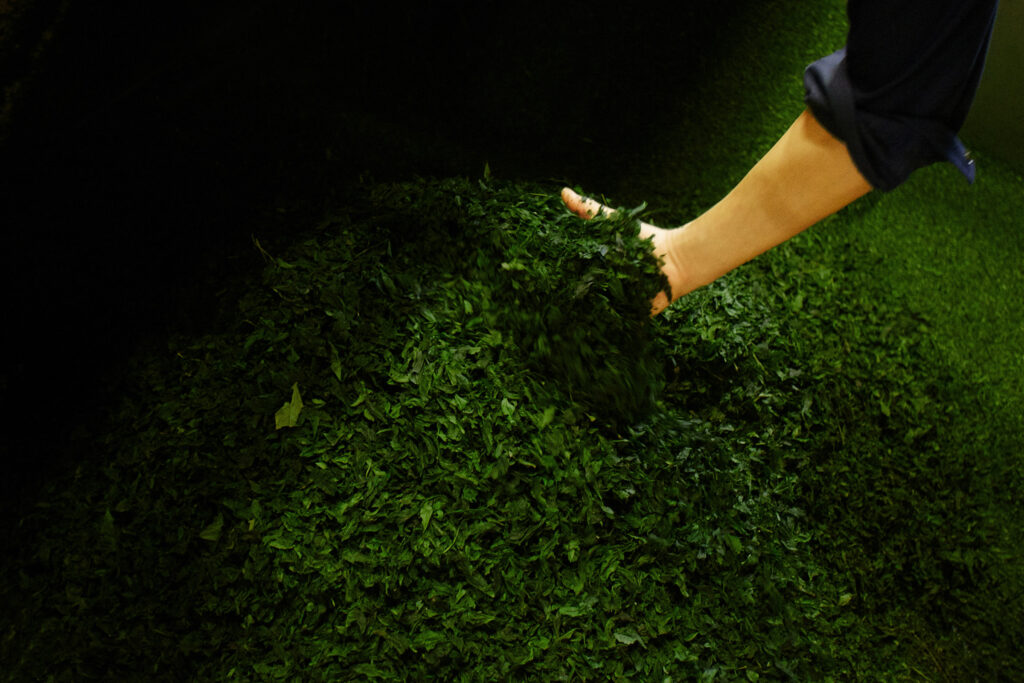

The leaves undergo sorting to achieve a consistent size, and any stems and veins are meticulously removed. The chosen Tencha then goes through another round of drying, during which any remaining older leaves (those that aren’t new shoots) are also eliminated.
6. The Tea Assessment

Experts carefully assess the tea in a designated room called the Haikenba viewing room. The Tencha that receives grades during this evaluation is blended to highlight its distinctive characteristics and to craft teas that offer a harmonious balance of flavor and aroma.
7. Storage and Aging

The final Tencha matures in a cool, low-humidity space like a refrigerator, amplifying its aromatic richness and mellow flavor. It can be stored in this manner until it’s ready to be ground into matcha using a stone mill for serving.
8. Stone Mill Grinding

Even in today’s modern age, where machines are everywhere, there is nothing quite like a stone mill for grinding Tencha. Running the stone mill requires precise adjustments. Through this process, the smooth, velvety texture of matcha is achieved. By finely grinding the leaves, the brightness increases tenfold, transforming them into the beautiful shade of matcha green.
The beautiful color of matcha is crafted over an extensive period of time with meticulous effort. Lower-grade matcha often contains Nibancha which is leaves picked about a month after the first tea with a reddish tint or mechanically powdered pale-leaf vein sections, losing the vibrant green hue.
■The changes in COLOR throughout the process.
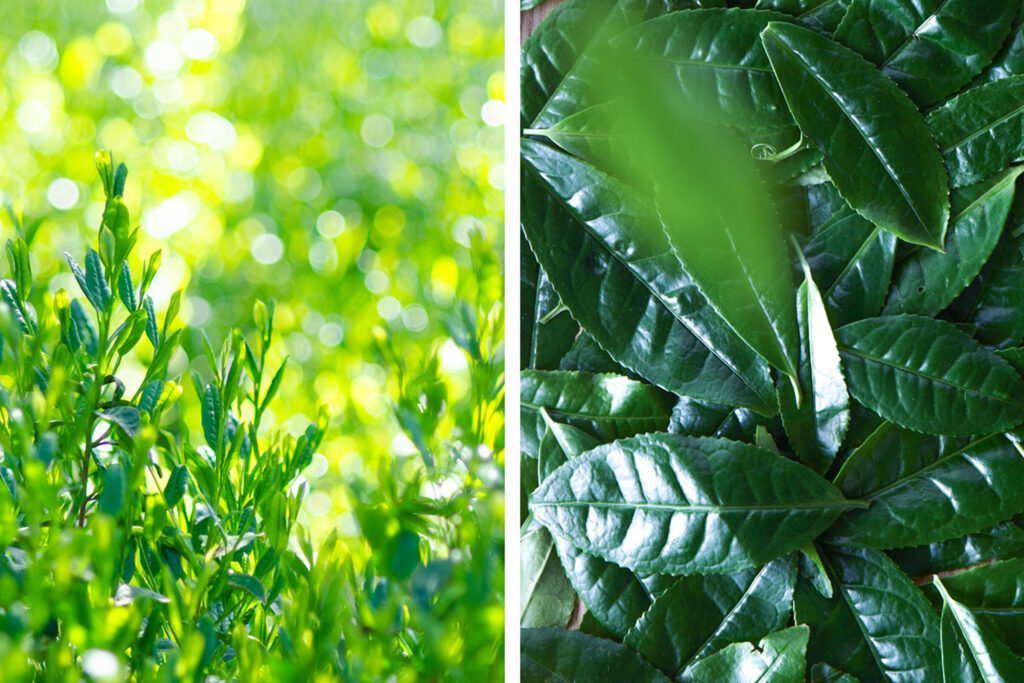

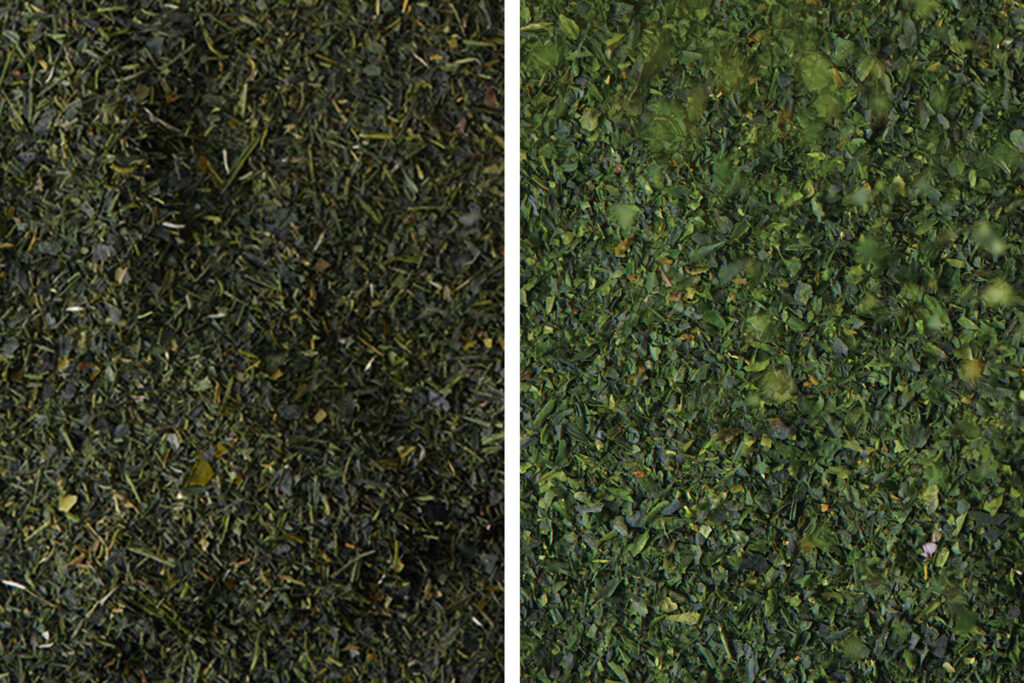
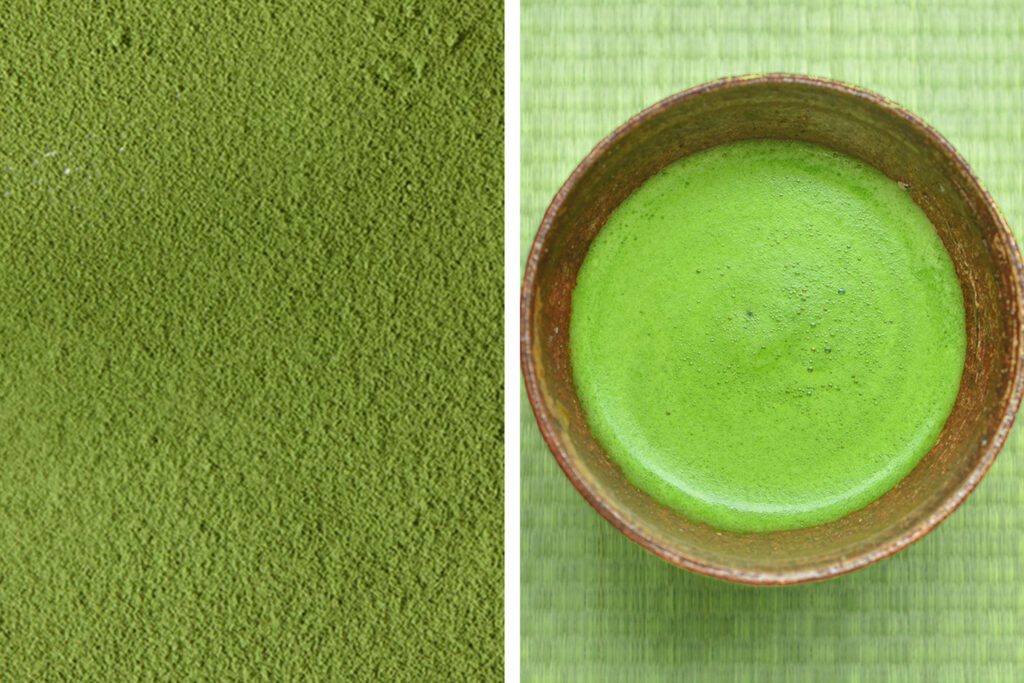
The quality of the matcha correlates with its color. Enjoying the color of the matcha before you drink it is part of savoring the experience. Green tea is undeniably a staple of Japanese life and with each sip, you can appreciate the COLORS that make it so wonderful.
■Related Article
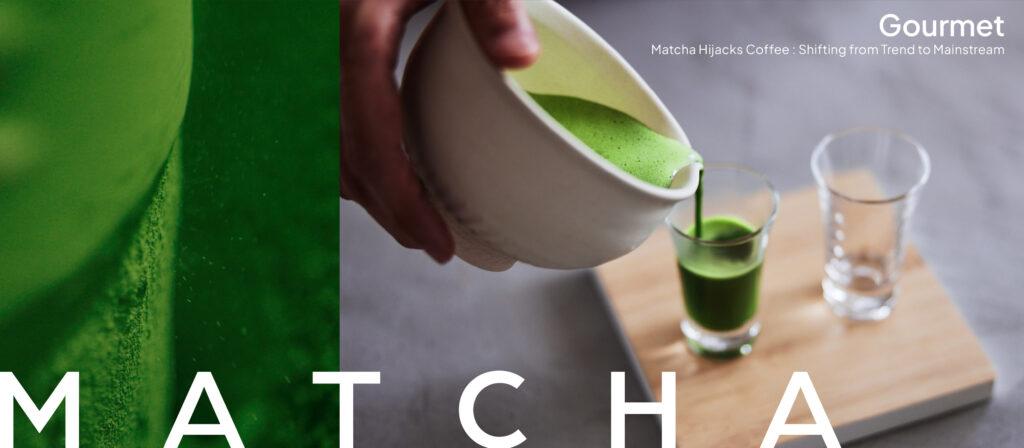
Matcha Hijacks Coffee : Shifting from Trend to Mainstream








